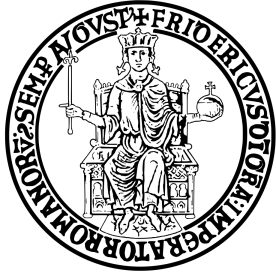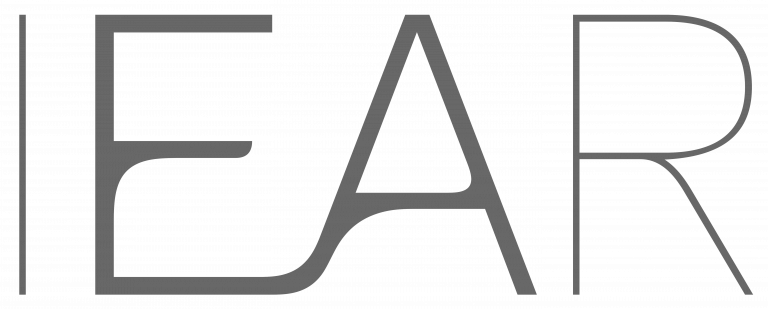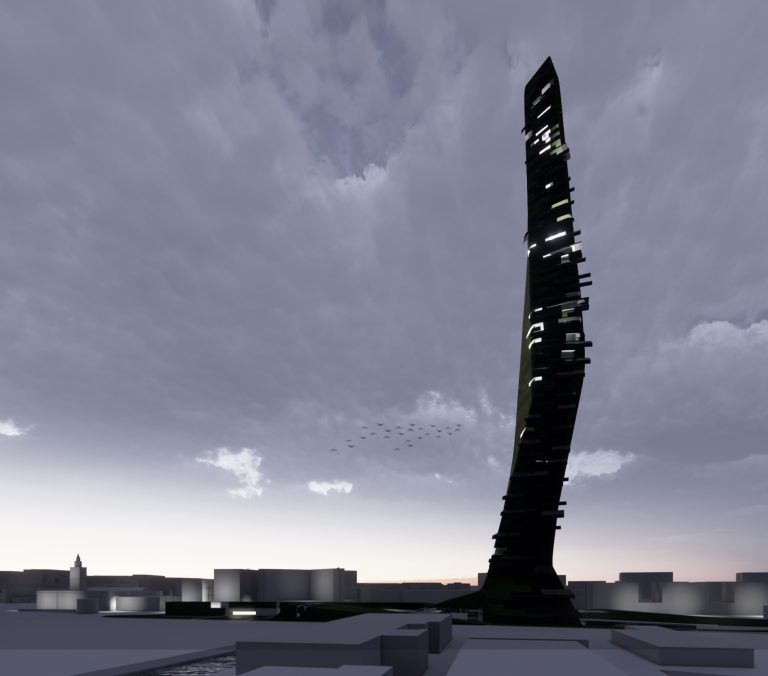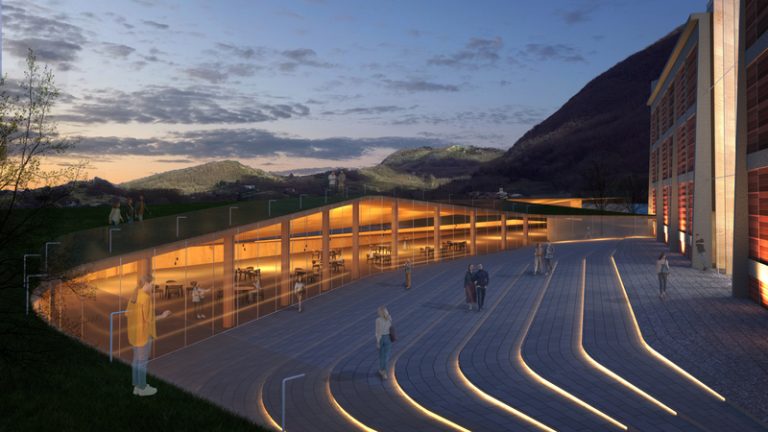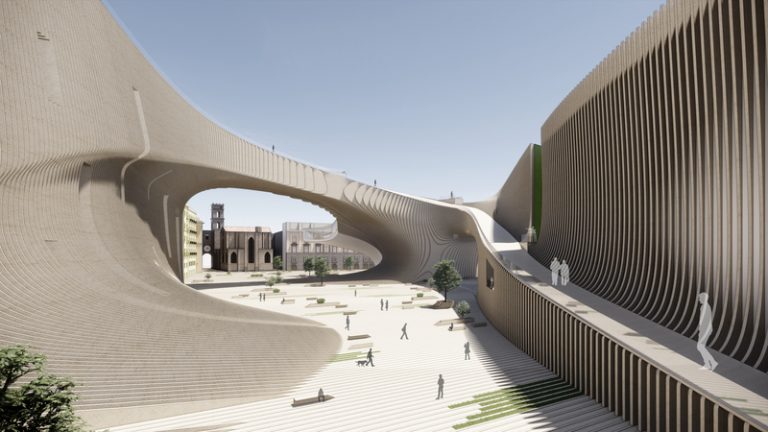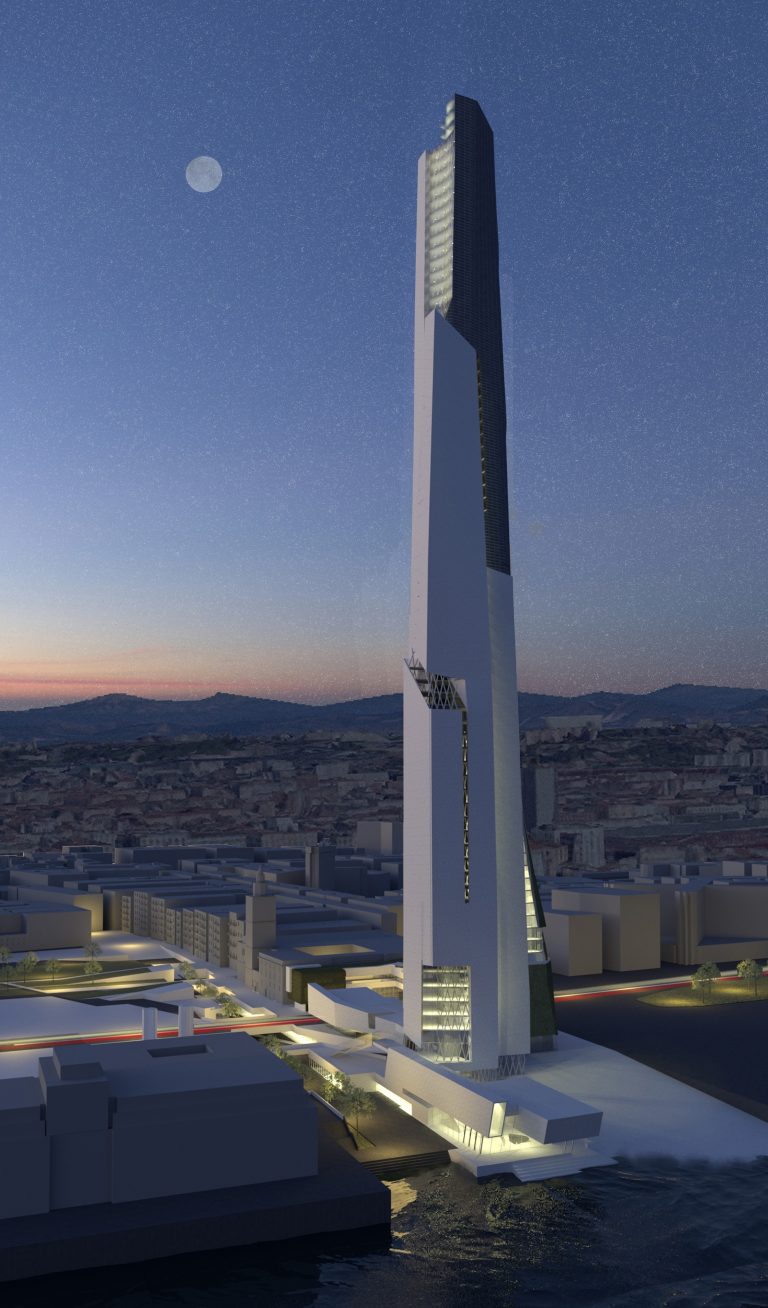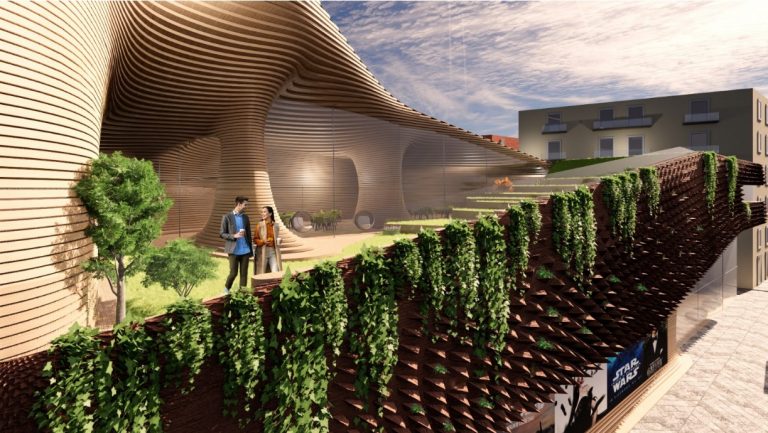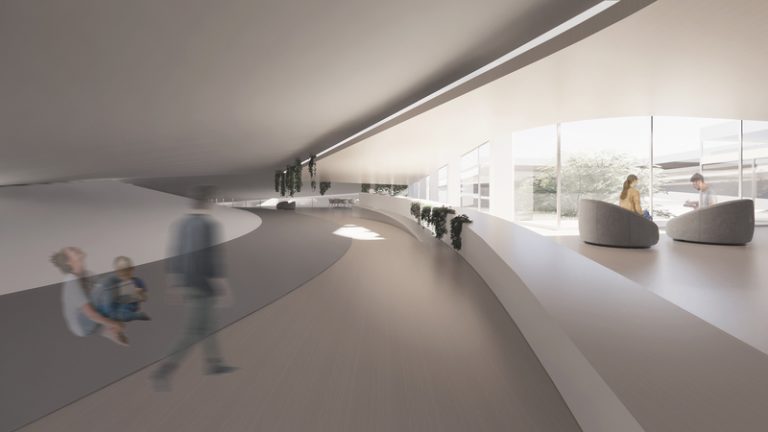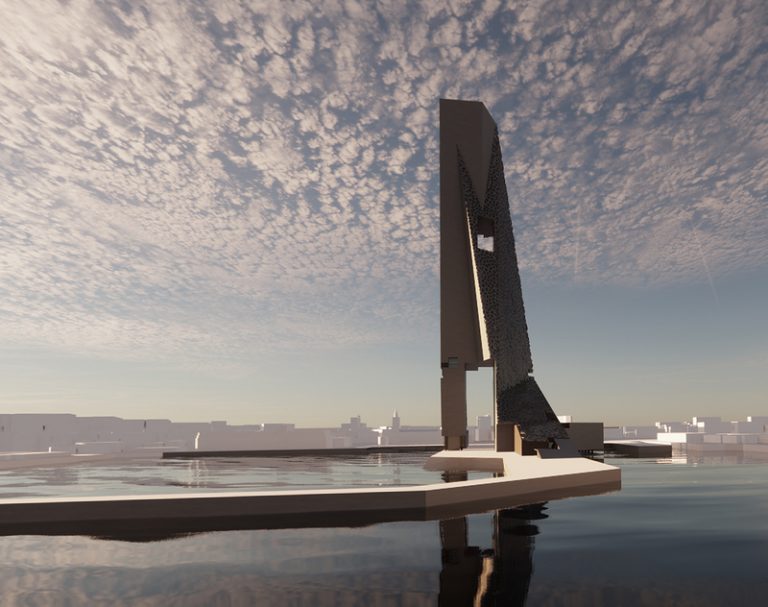Teacher: Coppola M.
Teaching: Advanced Digital Design
Module (where present subdivision into modules): /
ECTS: 9
SSD: ICAR / 14
Hours of lessons: 72
Practice hours: 72
Educational objectives:
The course aims to provide students with the ability to project their own knowledge of architectural composition into a current dimension characterized by the digital revolution and the challenge of complexity, measuring the project with the urgencies posed by the environmental crisis. The course therefore focuses on the ability to relate in a reactive and adaptive way, using the tools of digital design and digital fabrication, linguistic, morphological, material and technological choices to the specific conditions of the urban / natural context, facing the ecological crisis not only from the point of view of an extended meaning of sustainability (regenerative design) but also in the perspective of a transformation of languages, spaces and architectural figures, taking up the cultural challenge launched by post-anthropocentric philosophies and exploring new expressive avenues.
Contents:
1 – Space and metaphor
Many interpretations are proposed, the profound, even contradictory aspects of which are discussed, connected to specific cultural paradigms, with particular reference to the theory of complexity by E. Morin and the post-anthropocentric critique of R. Braidotti, highlighting the link with the issues specific to the architectural project. Some uses of three-dimensional modeling software are explored, relating the design to the needs that have emerged in recent decades and to the new construction possibilities offered by digital fabrication.
2 – Memory and mutations
Some contemporary architectures that deal with the topics of the course are illustrated and read in depth, deepening their characteristics relating to the linguistic / figural mutations produced by urban issues (architecture that relates to the city), energy-environmental (architecture that relates to the city), related to natural resources), psycho-somatic (architecture that relates to human perception), symbolic and evocative (architecture that relates to collective memory), and related to biodiversity (architecture that relates to the biosphere) . Students experience the new technical and expressive possibilities made possible by the tools of digital design.
3 – From the network to the project
Through the reading of numerous case studies, the creative process underlying a reactive, adaptive, elastic, relational design is illustrated; that is, capable of interacting simultaneously with the different characteristics of the context. Through the support of digital morphogenetic tools, the morphological / spatial reading of the project area is intertwined with the study of environmental characteristics (wind, sun, biomass, etc.), with the needs related to metro / megalopolitan operation and with the perceptive reactions produced by each stage of progress of the project, whose shape and structure emerge as a temporary result of a circular morphing, full of recourses, redundancies and “lateral discards”. Students develop the initial volume (massing) of the year’s theme.
4 – The architectural body
The design is broken down, facilitating understanding and supporting the elaboration of the exercise which will then become a subject for examination. Massing, observed as a hybrid-intertwining between architecture and landscape, nature and artifice, is first read as a device capable of taking root in its own context, then as a device capable of opening up, establishing a continuity with between interior / exterior, and then as body capable of receding or extending. Also in this case, numerous case studies are proposed and the students carry on the work of defining the year’s theme.
5 – Structure, activities and mediation
Architectures are also illustrated previously, this time highlighting the indissoluble bond that holds together the architectural figure, the conformation of the internal spaces dedicated to the activities, the mediation space between the activities themselves and the structure. The project being developed is further defined through the study of the structural typology and the chosen material. The elaboration starts from the awareness of the energy issues related to building materials (cost, gray energy, assembly, decommissioning, etc.) and proceeds through constant interaction with the needs of the interior space and with the general character to which the project aspires.
6 – The skin of architecture
The architectural envelope is read as a “skin” capable of adapting to climatic conditions, favoring passive or low-energy bioclimatic processes. The issue is tackled simultaneously with the problems relating to perception and the consequent linguistic transformation of recent decades, favoring patterns based on differentiated systems, using the architectural envelope also as a device capable of hosting other forms of life (animals and plants) as well as producing power. Students define the envelope of the year’s theme through the use of parametric modeling tools.
